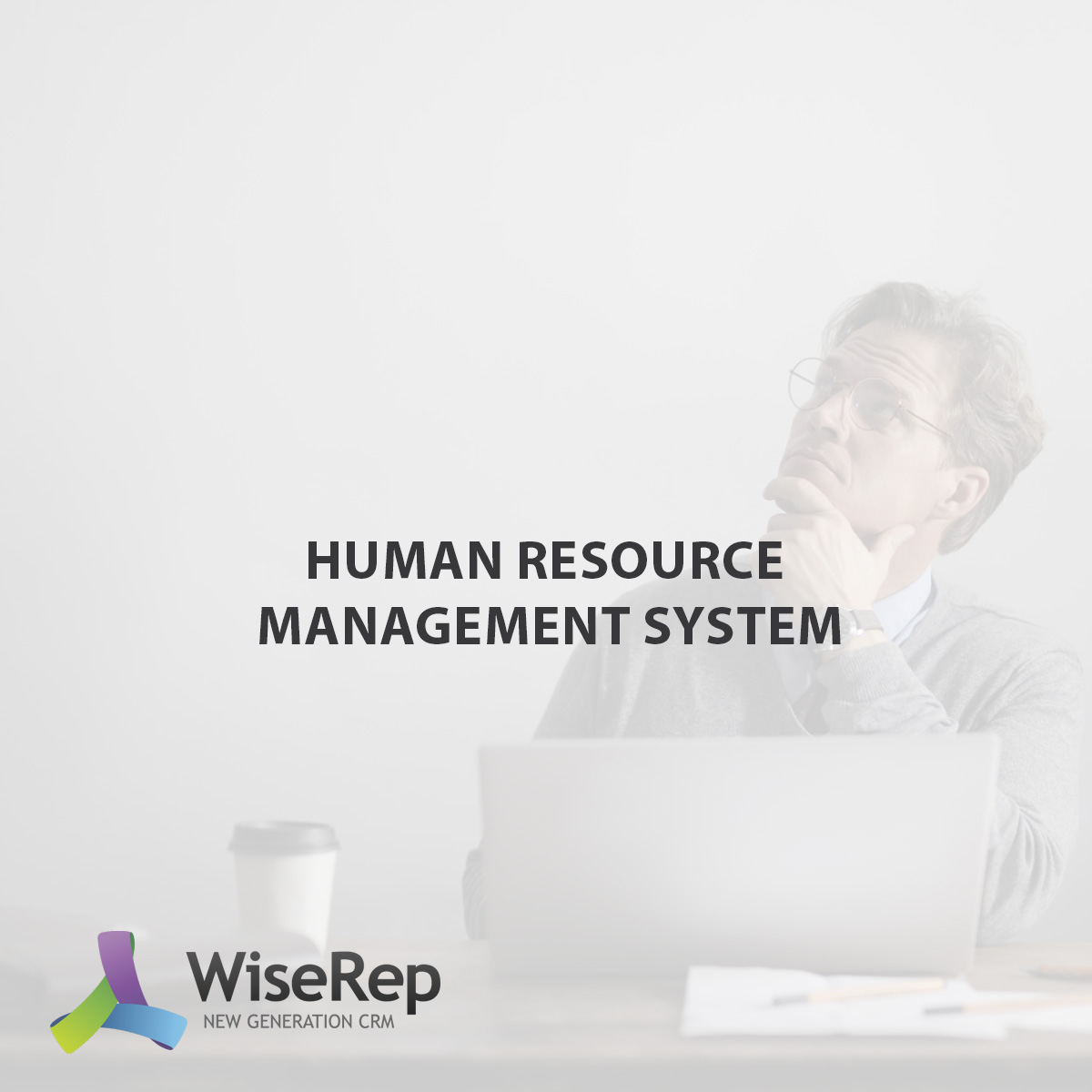A Human Resource Management System (HRMS) is a key tool for managing personnel in modern organizations. It is a comprehensive software suite that helps companies automate many HR-related tasks, from recruiting and hiring employees to training, evaluating, and developing them.
An HRMS provides centralized storage for all employee data, making information access and analysis easier. These systems can include various modules, such as time tracking, payroll management, compensation management, talent management, career development, and analytics.
The benefits of implementing an HRMS include increasing the efficiency of HR processes, reducing time spent on administrative tasks, improving data quality, and making more informed decisions based on analytics. Additionally, an HRMS improves employee satisfaction by streamlining processes and making them more transparent.
Human Resource Management Objectives:
- Effective recruitment and onboarding.
- Employee motivation and development.
- Talent retention and reducing turnover.
- Creating a positive corporate culture.
Choosing the right HRMS requires a careful analysis of the business's needs and matching them with the features available in the market. Consider company size, industry specifics, integration with other systems, and, of course, budget.
HRMS implementation is not only a technological project but also an organizational one, requiring the involvement of various stakeholders, from company leadership to end-users, such as HR department staff and other divisions. It requires clear planning, staff training, and ongoing support after the system is launched.
In conclusion, an HRMS plays a vital role in modern businesses, helping companies become more competitive and efficient. A well-chosen and effectively implemented HRMS can be an indispensable tool in achieving the organization's strategic goals.
